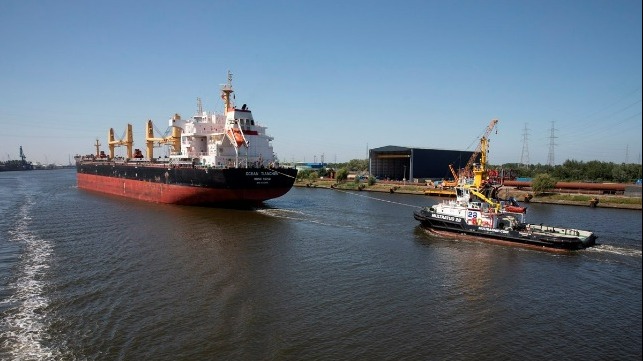The Netherlands' Cross-Border North Sea Port Aims for Growth

North Sea Port, the cross-border port area that spans the North Sea coast in the Netherlands and Belgium, has unveiled an ambitious development plan that aims to transform it into one of the top ports in Europe.
Currently ranked ninth in terms of cargo volume in Europe, the port has released a four-year strategic plan dubbed "Connect 2025" that is anchored on a commitment to economic development and employment, sustainability and a sound financial foundation.
North Port Sea believes that Connect 25 will enhance its competitiveness, particularly in seven key sectors - chemicals, steel, building materials, energy, automotive, food and feed, and value-added logistics.
The port intends to focus on investing in circular value chains, energy projects, and a strong logistics chains. Other key focus areas will be future-proof infrastructure, digitization, and data community, working with local stakeholders and acting as the connector between cooperating parties.
“With specific choices, support and ambitious goals, we want to achieve concrete results with social added value by acting as a connector towards 2025,” Daan Schalck, North Port Sea CEO.
He added that the port intends to develop 370 acres for the circular economy under the strategic plan, further expanding the reuse of CO2 and continuing the facility’s growth as Western Europe’s leading hydrogen cluster.
The port, which extends for more than 35 miles across Belgium and the Netherlands, has positioned itself as a multimodal port with a strong emphasis on inland shipping.
Over the first nine months of the year, the port recorded 51 million tons of cargo transshipment, a nine percent increase compared to the same period last year. Inland navigation transshipment also rose by eight percent to 44 million tons, while container transshipment declined 34 percent. Russia, the UK, the U.S., Canada, and Brazil are the port's leading trading partners.
